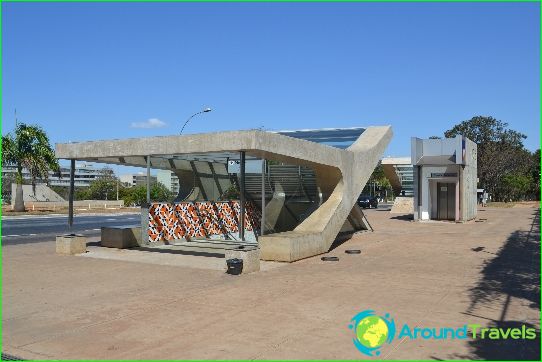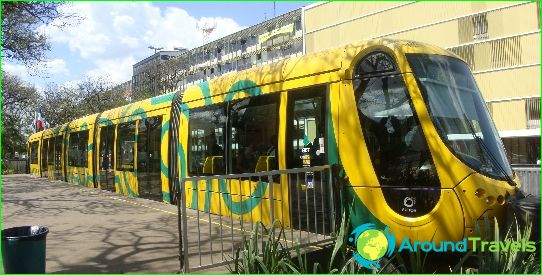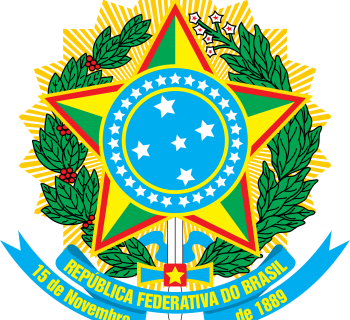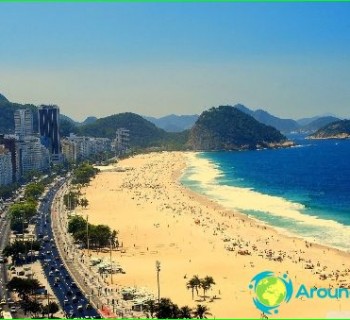Metro Brasilia: map, description, photo
The Brasilia metro was only opened and put into operation in 2001, although the initial plans were very optimistic, and it was planned to launch the metro in April 1994 - that is, two years after the start of construction, which began in 1992. Today, its system has 24 stations on two lines (green and orange) with a total track length of 42.38 km. The passenger traffic is about 130 thousand passengers per day. Thus, the Brasilia metro is the second largest metro in Brazil after the São Paulo metro..
Metro Brasilia is a Y-shaped line pattern. The green and orange lines share a common track with 15 stations from the central bus station, then the lines branch off at Aguas Claras station. Some sections of the path are above the ground. The average train speed is 45 km / h. The stations are equipped with lifts.
The green line runs from Central station to Ceilândia station. Line length 33 km, 20 stations, travel time - 40 minutes.
Orange line from Central station to Samambaia station. Line length 42 km, 16 stations, travel time - 30 minutes.
A light metro line is connected to the existing metro lines, which began passenger traffic in 2010. In addition to providing transport links between the southern districts of the city with the center, its functions include the implementation of transportation to the international airport.
In the near future, the construction of the northern section (light green line) will be completed, the launch of which is timed to coincide with the opening of the 2014 FIFA World Cup.
Opening hours of the Brasilia metro
The first months the metro worked only from 10.00-16.00. Currently, the Brasilia Metro operates Monday through Saturday from 6:00 am to 11:30 pm, Sundays from 7:00 am to 7:00 pm. Trains operate at a frequency of 5 minutes during rush hours, and 7 minutes at the rest of the time..
Metro tickets Brasilia
To pay for the Brasilia Metro, use single-trip tickets (Bilhete unitário) or refillable magnetic cards for multiple trips. Control turnstiles are installed at the entrance and exit of the metro, so one-time tickets should be kept until the end of the trip.






